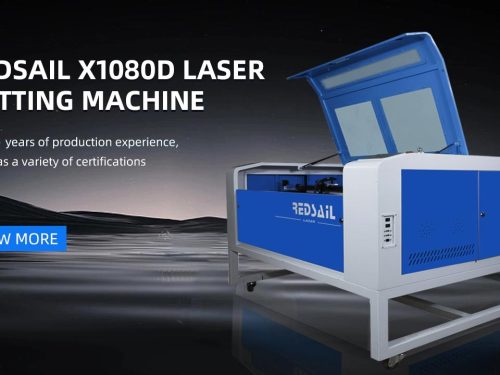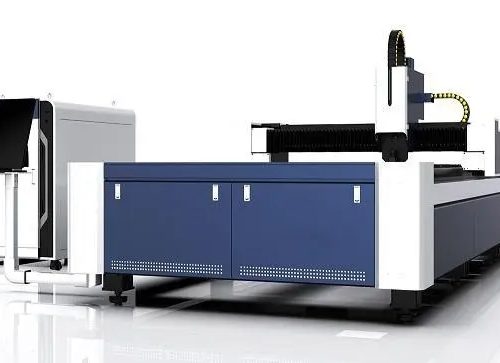
Laser pipe cutting machine, as a thermal cutting technology, cannot avoid using perforation cutting technology when cutting thicker pipes; There are currently two commonly used laser perforation methods. Let’s take a look together:
(1) Blasting perforation: The material is irradiated by a continuous laser to form a pit in the center, and then the molten material is quickly removed by an oxygen flow coaxial with the laser beam to form a hole. The size of the hole is generally related to the thickness of the pipe, and the average diameter of the blasting hole is half of the thickness of the pipe. Therefore, for thicker plates, the blasting hole diameter is larger and not circular, and it is not suitable for use on parts with higher requirements (such as petroleum screen joint pipes), and can only be used on waste materials. In addition, due to the same oxygen pressure used during perforation as during cutting, there is significant splashing.
(2) Pulse perforation: Using a peak power pulse laser to melt or vaporize a small amount of material, air or nitrogen is commonly used as an auxiliary gas to reduce hole expansion due to exothermic oxidation, and the gas pressure is lower than the oxygen pressure during cutting. Each pulse of laser only produces small particle jets that gradually penetrate, so the perforation time for thick plates takes a few seconds. Once the perforation is completed, immediately replace the auxiliary gas with oxygen for cutting. This way, the perforation diameter is smaller, and the perforation quality is better than that of blasting perforation. The laser used for this purpose should not only have a high output power; More importantly, the temporal and spatial characteristics of the light beam make it difficult for general transverse flow CO2 lasers to meet the requirements of laser cutting.
In addition, pulse perforation also requires a reliable gas path control system to achieve gas type, gas pressure switching, and perforation time control. In the case of using pulse piercing, in order to obtain high-quality cuts, the transition technology from pulse piercing when the workpiece is stationary to constant velocity continuous cutting of the workpiece should be taken seriously.
The pipe processing range of laser pipe cutting machines is currently around 300mm in diameter. Generally, factories that use laser pipe cutting machines do not need to use this technology to cut pipes. Everyone only needs to understand.










